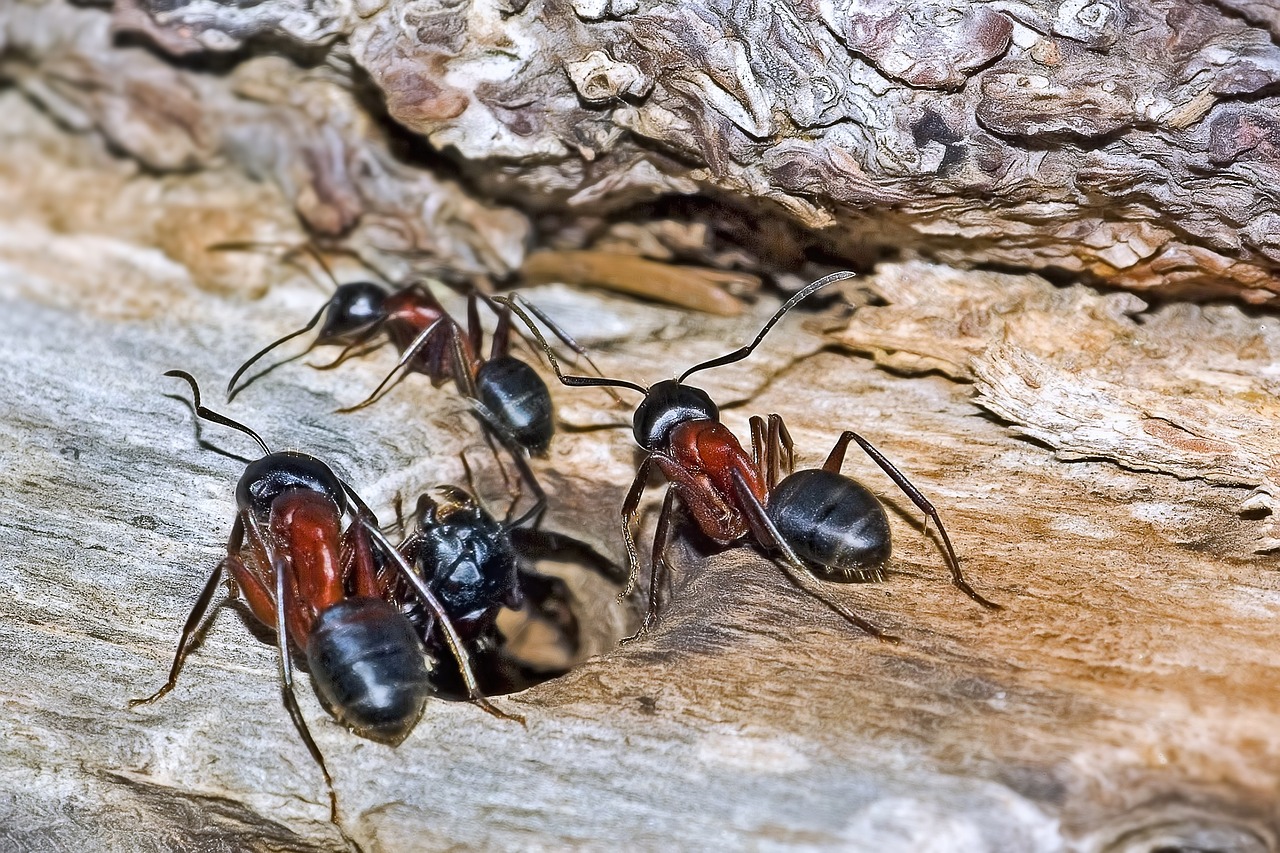Discovering the Fascinating World of Insect Pets
Introduction: The world of pets is not limited to cats and dogs. A surprising variety of insects are also kept as pets, fascinating their owners with their unusual behaviors and unique life cycles. This article delves into the intriguing universe of insect pets, offering an in-depth exploration of popular species, their care, and their impact on the pet industry.

A History of Insect Pets
Insect-keeping may seem like a novel concept, but it has deep historical roots. In ancient China, crickets were revered for their song and were often kept as pets. Similarly, the Japanese tradition of ‘mushi okuri’ involved capturing insects, especially fireflies, and releasing them while making wishes. More recently, the rise of the internet and increased global connectivity have sparked interest in more exotic insect species, broadening the scope of insect pet ownership.
Today’s Buzzing Market
The pet insect market is growing, driven by factors such as the need for low-maintenance pets and the desire to engage with nature. Popular choices include stick insects, praying mantises, and beetles, all of which can be purchased for under $50, making them an affordable pet option. This niche market is estimated to be worth millions, demonstrating the considerable impact of insect pets on the larger pet industry.
The Fascinating Life of Insect Pets
Insect pets offer a unique opportunity to observe different life stages, from larvae to pupa and adult. This can be an educational experience, especially for children, fostering an appreciation for nature’s intricacies. Additionally, some insect pets, like the silk moth, play a vital role in silk production, connecting pet care with broader ecological and economic contexts.
The Care and Keeping of Insect Pets
While insect pets generally require less maintenance than traditional pets, they still need proper care. This can involve specific dietary needs, temperature and humidity control, and careful handling. For example, stick insects need fresh leaves for food, while beetles may require a substrate of soil and rotting wood. Understanding these requirements is crucial for the wellbeing of these tiny pets.
The Future of Insect Pets
As the pet insect market grows, so does the need for responsible ownership and trade. Illegal trading of exotic insect species can harm biodiversity and disrupt ecosystems. Therefore, future developments in this sector should prioritize ethical sourcing and ownership, ensuring these fascinating creatures can continue to captivate pet owners without causing ecological harm.
Insect pets, with their unique behaviors, life cycles, and care requirements, offer a distinct and captivating pet experience. Their growing popularity and impact on the pet industry are undeniable. However, as we appreciate and explore this fascinating world, it is vital to promote responsibility and sustainability, ensuring the protection of these remarkable creatures and their ecosystems.




